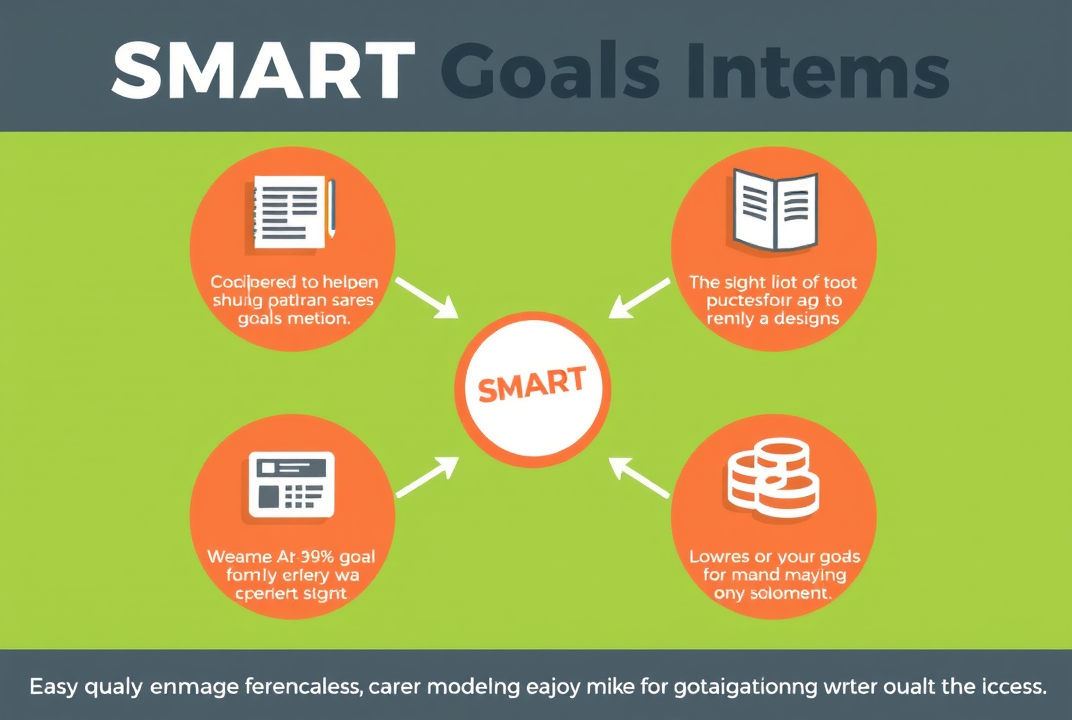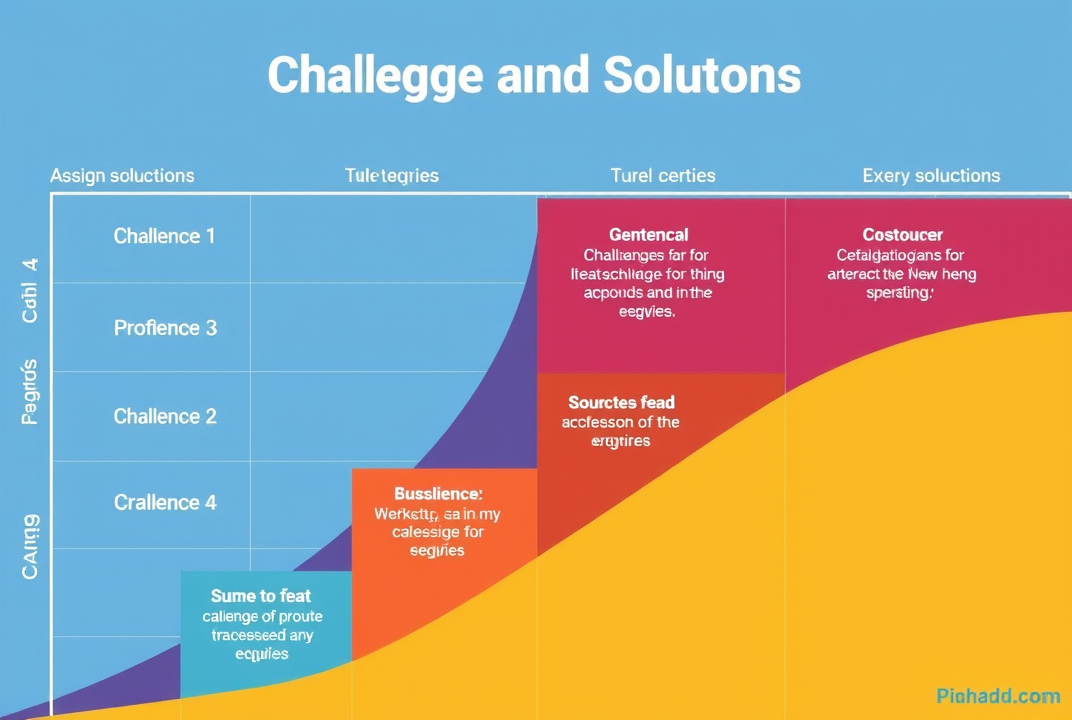Creating SMART Goals for the Next 30 Days: Your Roadmap to Success

Introduction
Imagine being able to see tangible progress in just 30 days—all by setting goals that are clear, actionable, and achievable. The challenge? So many people set goals but often fall short because they aren't set with precision. This is where SMART goals come into play.
SMART goals are Specific, Measurable, Achievable, Relevant, and Time-bound. Used correctly, they guide you toward success, whether you're aiming to learn a new skill or improve your fitness. This article explores the SMART framework to help you map out the next 30 days.
We'll begin by understanding the SMART criteria, delve into creating these goals, and provide you with practical examples and tools to succeed. By the end, you'll have a step-by-step action plan in place.
Understanding the SMART Goals Framework
What Are SMART Goals?
SMART goals are designed to clarify your ideas, focus your efforts, and maximize the likelihood of achieving them. Specificity ensures clarity, measurability allows for tracking progress, achievability ensures the goal is within reach, relevance aligns the goal with broader objectives, and being time-bound sets a period for assessment.
S: Be Specific—Set clear, well-defined goals. Rather than saying "I want to lose weight," specify how much weight and what measures will determine success.
M: Make it Measurable—Establish criteria to measure progress. If your goal is to improve sales, identify a target number or percentage increase.
A: Ensure it's Achievable—Consider your resources and constraints. Goals should stretch your abilities but remain possible.
R: Keep it Relevant—Align goals with long-term objectives that matter.
T: Specify Time-bound parameters—Define deadlines to motivate progress and enable regular assessments.
Why Choose SMART Goals?
Opting for SMART goals helps clear the fog, providing a structured path. They help in reducing procrastination by offering measurable benchmarks and realistic timelines.

Setting Your 30-Day SMART Goals
Step 1: Identify Your Objectives
Begin by contemplating your core objectives and breaking them into smaller tasks for the next 30 days. You could choose a mix of personal, professional, and developmental goals.
Step 2: Craft SMART Goals
Translate these objectives using the SMART criteria. Let’s consider a professional goal: "Increase LinkedIn connections by 50."
-
Specific: I want to increase my professional network on Linkedin.
-
Measurable: Aim to expand the connection by 50.
-
Achievable: Assess your current network size and feasibility.
-
Relevant: This serves broader career advancement goals.
-
Time-bound: Accomplish the goal in 30 days.
Step 3: Prioritize Your Goals
Evaluate which goals align most closely with your current priorities and have the highest impact on your well-being or success. Rank them if necessary.

Step 4: Create an Action Plan
Draft an action plan detailing each task or step required to achieve your SMART goals.
For instance, if learning a new software tool is your goal:
-
Research training resources by Day 3.
-
Enroll in a course by Day 5.
-
Study modules or content 2-3 times a week until the goal is achieved.
With actionable steps and milestones, you'll find yourself progressing with clarity.
Step 5: Monitor Progress Regularly
Regular check-ins allow you to assess if you're on track. Adjust your methods if you're falling behind.

Staying Motivated Throughout the 30 Days
Building a Support Network
Surround yourself with supportive individuals or join groups focused on similar goals. They can provide encouragement, feedback, and keep you accountable.
Celebrating Small Wins
Recognizing minor accomplishments along the way boosts morale and motivation. Whether it's completing a training module or connecting with 10 new colleagues, celebrate these with small rewards.
Learning from Setbacks
Occasional setbacks shouldn't deter you. Instead, treat them as learning opportunities. Analyze what went wrong and adapt your strategy.

Tools to Assist Your SMART Goals
Using Technology
Apps and digital tools can offer reminders, monitor achievements, and provide insights.
-
Trello: Organize tasks and track progress in a visual board view.
-
Habitica: Turn goal achievement into a fun, gamified experience.
-
MyFitnessPal: A great tool for tracking health and fitness goals.
Traditional Methods
Try journaling your daily progress to reflect on your journey. It can offer insights on what's working or needs change.
Overcoming Challenges with SMART Goals
Common Pitfalls and Solutions
-
Setting Vague Goals: Ensure clarity by rescripting goals.
-
Lack of Motivation: Revisit why the goal matters and its relevance.
-
Poor Time Management: Use calendars and alarms to keep track.
-
Fear of Failure: Acknowledge fears early and address them.

Conclusion
Crafting SMART goals is more than a task—it's an empowering approach to achieving notable outcomes in a short period. By being specific, setting measurable criteria, ensuring achievability, maintaining relevance, and adhering to time constraints, your journey through the next 30 days can be structured and productive.
Ready to make a change? Start by pinpointing what matters today. Whether you're professional aspirations or personal targets, apply the SMART principles. Begin this challenge, and watch for a tangible transformation by month's end.
